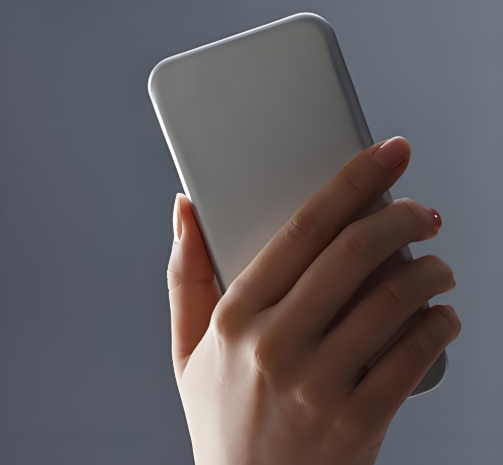A Guide to the Federal Lifeline Program: Accessing Complimentary Mobile Phones
In an era where mobile phones have become essential tools for daily life, the Federal Lifeline Program stands as a key initiative ensuring that low-income individuals don't miss out on this critical resource. This program, established to bridge the digital divide, offers eligible participants access to complimentary or low-cost mobile phones along with basic service plans, empowering them to stay connected to work, family, healthcare, and emergency services.

Understanding the Basics of the Program
Administered by the Federal Communications Commission (FCC), the Lifeline Program's mobile phone component operates as part of its broader mission to make telecommunications services affordable for vulnerable populations. Unlike traditional Lifeline benefits that focus on monthly service subsidies, this specific offering provides qualifying individuals with free mobile devices, often accompanied by limited talk, text, and data allowances each month.
Participation in the program is voluntary for telecommunications providers, but many major and regional carriers take part, offering a range of basic smartphone models. These devices are typically refurbished or entry-level new phones capable of handling essential functions like calls, texts, and basic internet access—enough to meet most daily needs.
Eligibility Requirements
To qualify for a complimentary mobile phone through Lifeline, applicants must meet specific criteria based on income or participation in federal assistance programs. The primary qualification paths include:
Household income at or below 135% of the Federal Poverty Guidelines
Enrollment in programs such as Medicaid, Supplemental Nutrition Assistance Program (SNAP), Supplemental Security Income (SSI), Federal Public Housing Assistance, or Veterans Pension and Survivors Benefit
Participation in tribal assistance programs for residents of federally recognized tribal lands
It's important to note that only one Lifeline benefit is allowed per household, and applicants must provide documentation proving eligibility, such as income statements or program enrollment verification.
How to Apply for a Free Mobile Phone
The application process for a Lifeline-complimentary mobile phone is designed to be straightforward:
Check Eligibility: Review the income and program participation requirements to confirm qualification.
Find a Participating Provider: Locate approved service providers in your state through the FCC's online database or by contacting local telecommunications companies.
Submit an Application: Complete the provider's application form, either online, by mail, or in person, along with required eligibility documents.
Receive Your Device: Once approved, the provider will issue your complimentary mobile phone, usually within a few business days, along with instructions for activating service.
Providers may have slight variations in their application processes and available phone models, so it's wise to compare options in your area.
What to Expect from Your Lifeline Mobile Service
While specific offerings vary by provider, most Lifeline complimentary phone plans include:
A basic mobile phone (smartphone in many cases)
Monthly allotments of free minutes, texts, and data (typically ranging from 1,000 minutes to unlimited talk/text with 4-10GB data)
No monthly charges for the basic service package, though additional features may incur fees
Recipients must recertify their eligibility annually to continue receiving benefits. This process ensures that the program remains focused on those who still meet the requirements.
Common Misconceptions and Facts
Several myths surround the Lifeline free phone program. It's important to note that:
These are not "government phones" but are provided by private companies through a government-subsidized program
The program is funded by the Universal Service Fund, not taxpayer dollars directly
Eligibility is strictly enforced, with rigorous verification processes to prevent fraud
Recipients can switch providers if they're dissatisfied with service
The Impact of Complimentary Mobile Phones
For low-income individuals, access to a free mobile phone through Lifeline can be transformative. It enables job seekers to stay reachable by potential employers, allows parents to coordinate childcare and school activities, facilitates access to telehealth services, and provides a critical lifeline during emergencies. For many, it's the key to maintaining independence and full participation in society.
As technology continues to play an increasingly central role in daily life, programs like Lifeline's complimentary mobile phone initiative remain vital in ensuring that financial hardship doesn't mean exclusion from essential communication tools. By understanding how to access these benefits, eligible individuals can take an important step toward greater connectivity and opportunity.